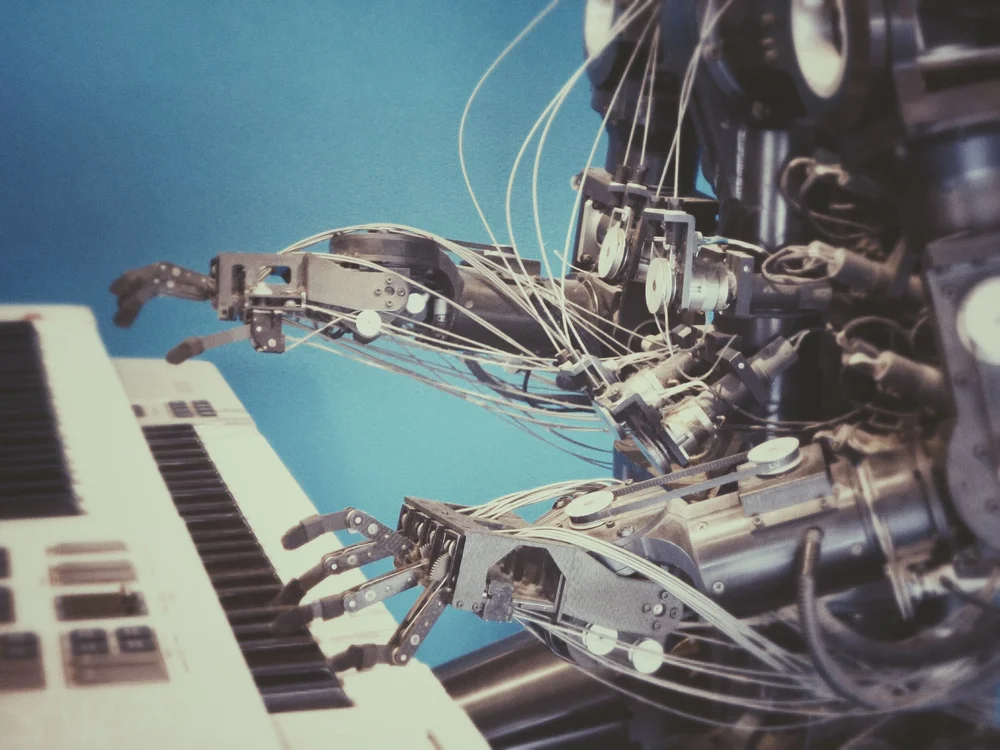
The world of work is undergoing a dramatic transformation. Advances in artificial intelligence, robotics, and automation are fundamentally changing the nature of jobs and the skills that employees need to thrive. As machines take over routine and repetitive tasks, humans will need to focus more on creative, analytical, and interpersonal skills. Understanding and preparing for the future of work will be critical for individuals, businesses, and policymakers.
How Automation Is Transforming the Workplace
Automation is already having a major impact across industries. According to a McKinsey Global Institute report, about 30% of the activities in 60% of occupations could be automated using current technologies. The effects are being felt in factories and offices, from cashiers and telemarketers to accountants and researchers. As the capabilities of AI and robotics continue to accelerate, even more jobs will be affected.
Tasks most susceptible to automation tend to be routine and rule-based, such as data collection and processing. Jobs that involve physical work in predictable environments, like manufacturing and warehousing, are also increasingly being performed by machines. On the other hand, automation is having a lesser impact on jobs that require creativity, social intelligence, and complex decision-making.
Frontline service jobs, like waiters and hairstylists, will likely change due to automation but are unlikely to be fully automated in the near future. The same is true for jobs that involve managing people or applying expertise, such as CEOs, teachers, engineers, and scientists. Creative professions in the arts and media are also less susceptible in the short term.
Winners and Losers in the Automation Age
The impact of automation will vary across demographic groups. Lower-wage, less-educated workers are most at risk of displacement. According to McKinsey, workers with only a high school degree or less are four times more likely to have their work automated compared to those with a bachelor's degree.
At particular risk are younger workers entering the labor force without the right skills and minority groups who already face barriers to opportunity. Geographic areas that depend on routine manufacturing and manual labor jobs will also struggle with the transition.
On the other hand, the automation revolution will produce significant opportunities. Demand will grow for jobs involving creativity, empathy, problem-solving, leadership, and scientific reasoning. Workers who can adapt to using new technologies will be valued. Professions that leverage unique human skills, like designers, engineers, therapists, and data analysts, will thrive.
To avoid massive labor market disruption, policymakers and businesses will need to invest heavily in worker retraining and smoothing the transition. Portable benefits not tied to traditional full-time jobs will also become increasingly important. Lifelong learning will be essential for workers to stay relevant as technologies evolve.
Preparing for the Jobs of the Future
Predicting which new jobs will emerge is challenging. Entirely novel occupations will be created while others change significantly or even disappear. Based on current trends, here are several jobs and skills likely to be in high demand in the automation age:
-
Data analysts will be needed in massive numbers to interpret data and inform decision-making across sectors.
-
Process automation experts will be crucial for integrating AI and robotics in order to increase efficiency.
-
User experience designers will optimize how humans and machines interact.
-
Training and development specialists will help re-skill workers whose jobs are displaced by technology.
-
Healthcare professionals like doctors, nurses, and aides will be needed to care for an aging population.
-
Creatives including writers, artists, and graphic designers will satisfy demand for original content and design.
-
Educators that can teach both hard skills and soft skills like communication, empathy, and ethics.
-
Trade workers like electricians, plumbers, and construction workers will continue to have on-site jobs difficult to automate.
-
Business services such as IT support, human resources, and consulting will also rely on interpersonal interaction.
-
Engineering and technical roles across software, electronics, mechanics, and robotics will be in high demand to create automation solutions.
No matter the specific occupation, certain skills will be valued across roles: adaptability to work with new technologies, creativity and social skills to complement AI, high emotional intelligence, and the ability to work collaboratively in decentralized networks.
Public Policy for the Automated Age
Policymakers have a major role to play in smoothing the transition and supporting worker retraining. Some options include:
-
Universal basic income: Provide citizens with a guaranteed minimum income to partly compensate for lost jobs.
-
Education reform: Make ongoing education and retraining opportunities accessible and affordable.
-
Portable benefits: Decouple benefits like healthcare and retirement savings from employers.
-
Labor regulation updates: Modernize regulations to fit new kinds of decentralized and freelance work arrangements.
-
Investment incentives: Provide tax breaks or matching funds to encourage employers to invest in automation and retraining.
-
Infrastructure funding: Invest to upgrade power grids, internet access, and public transportation to enable innovative new industries.
-
Creativity incentives: Fund programs that increase access to arts education and creative extracurriculars.
Policy intervention and public-private partnerships will be key to provide sufficient investment and minimize inequality. With proper preparation, automation can liberate humans from tedious work and unleash new forms of creativity and productivity to improve life.
The Bottom Line
The automation revolution is inevitable. Like past economic revolutions, it will displace certain jobs while creating new ones and boosting efficiencies. With the right policies and strategies, businesses and individuals can harness automation to complement human strengths and achieve societal prosperity. Although transitions can be painful, the future of work offers promising opportunities if we adapt proactively.
By utilizing our affiliate links below, you contribute to our support:
Amazon: Help Support Us When You Shop on Amazon.com
Mint Mobile: Try Mint Mobile For As Low As $15/Month
Robinhood: Earn Free Stocks When You Sign Up
Webull: Earn Free Stocks When You Sign Up
Skylum: Save 30% on Luminar Neo - Premium Photo Editing Software

Comments
Post a Comment